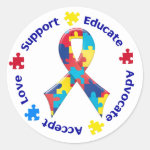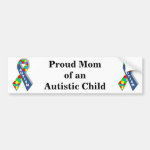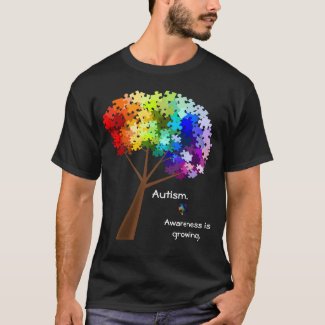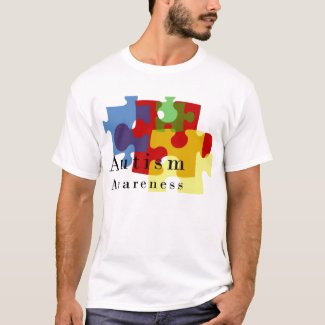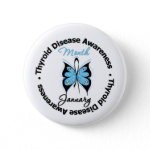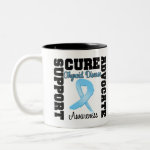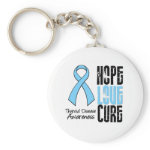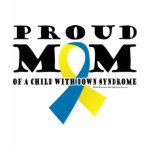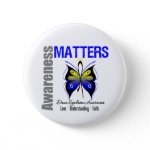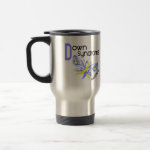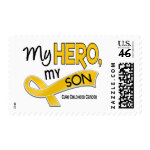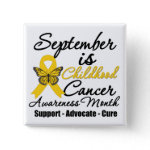Down syndrome, or Down’s syndrome (primarily in the United Kingdom), trisomy 21, is a chromosomal condition caused by the presence of all or part of an extra 21st chromosome. It is named after John Langdon Down, the British physician who described the syndrome in 1866. The condition was clinically described earlier in the 19th century by Jean Etienne Dominique Esquirol in 1838 and Edouard Seguin in 1844. Down syndrome was identified as a chromosome 21 trisomy by Dr. Jérôme Lejeune in 1959. Down syndrome in a fetus can be identified through chorionic villus sampling or amniocentesis during pregnancy, or in a baby at birth.
Down syndrome is a chromosomal condition characterized by the presence of an extra copy of genetic material on the 21st chromosome, either in whole (trisomy 21) or part (such as due to translocations). The effects and extent of the extra copy vary greatly among people, depending on genetic history, and pure chance. The incidence of Down syndrome is estimated at 1 per 733 births, although it is statistically more common with older parents (both mothers and fathers) due to increased mutagenic exposures upon some older parents’ reproductive cells. Other factors may also play a role. Down syndrome occurs in all human populations, and analogous effects have been found in other species such as chimpanzees and mice.
Often Down syndrome is associated with some impairment of cognitive ability and physical growth, and a particular set of facial characteristics. Individuals with Down syndrome tend to have a lower-than-average cognitive ability, often ranging from mild to moderate disabilities. Many children with Down syndrome who have received family support, enrichment therapies, and tutoring have been known to graduate from high school and college, and enjoy employment in the work force. The average IQ of children with Down syndrome is around 50, compared to normal children with an IQ of 100. A small number have a severe to high degree of intellectual disability.
Individuals with Down syndrome may have some or all of the following physical characteristics: microgenia (an abnormally small chin), an unusually round face, macroglossia (protruding or oversized tongue), an almond shape to the eyes caused by an epicanthic fold of the eyelid, upslanting palpebral fissures (the separation between the upper and lower eyelids), shorter limbs, a single transverse palmar crease (a single instead of a double crease across one or both palms), poor muscle tone, and a larger than normal space between the big and second toes. Health concerns for individuals with Down syndrome include a higher risk for congenital heart defects, gastroesophageal reflux disease, recurrent ear infections that may lead to hearing loss, obstructive sleep apnea, and thyroid dysfunctions.
Early childhood intervention, screening for common problems, medical treatment where indicated, a conducive family environment, and vocational training can improve the overall development of children with Down syndrome. Education and proper care will improve quality of life significantly, despite genetic limitations.
source: Wikipedia
Show your support for Down Syndrome Awareness with Blue and Yellow Ribbon t-shirts and gifts – Wear the blue and yellow ribbon gifts to show your support for friends and loved ones living with Down Syndrome. Get Down Syndrome Awareness t-shirts, buttons, stickers, bags, magnets, and more.
Click here to shop —> Down Syndrome Awareness T-shirts and Gifts




